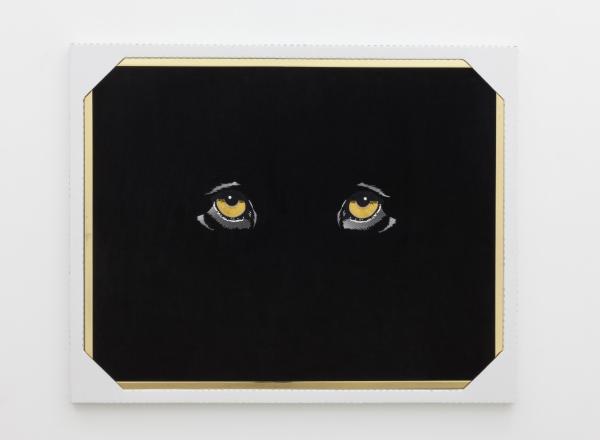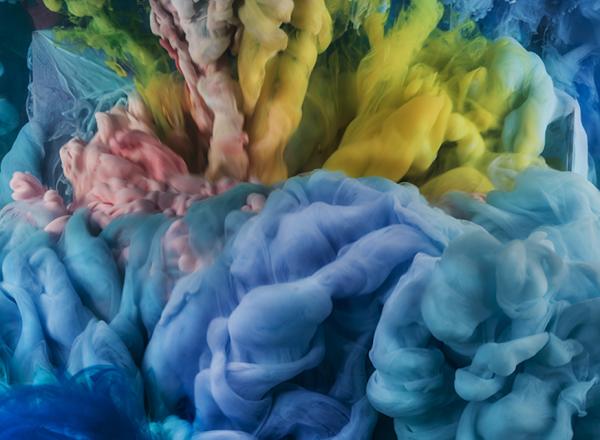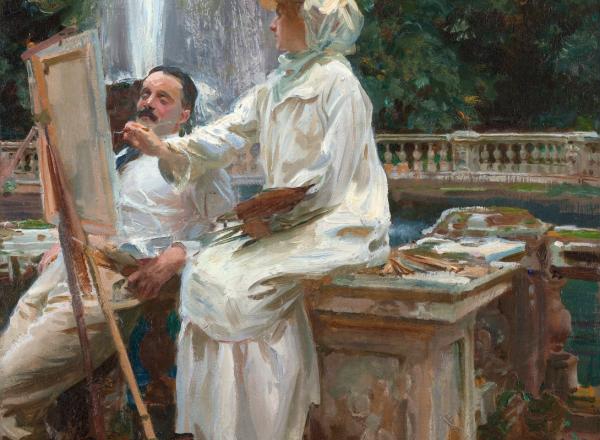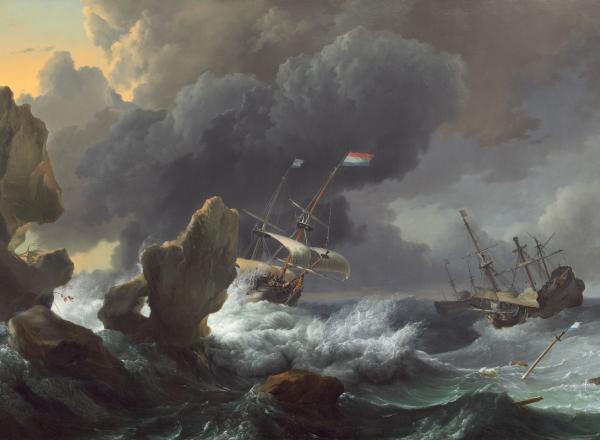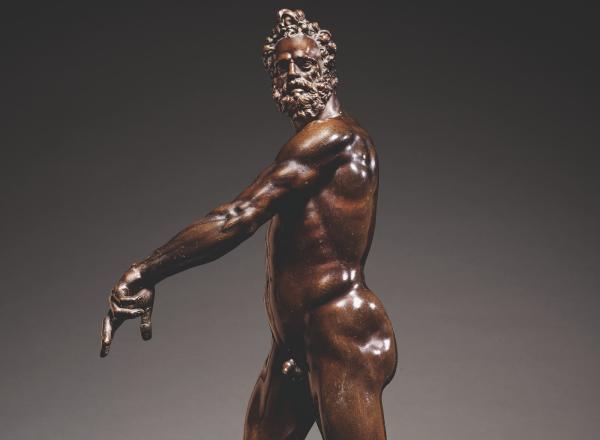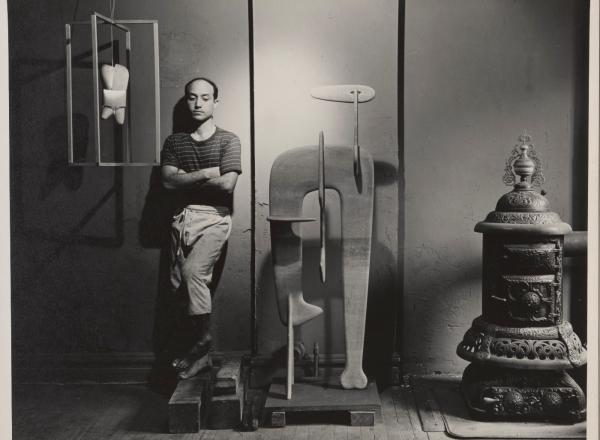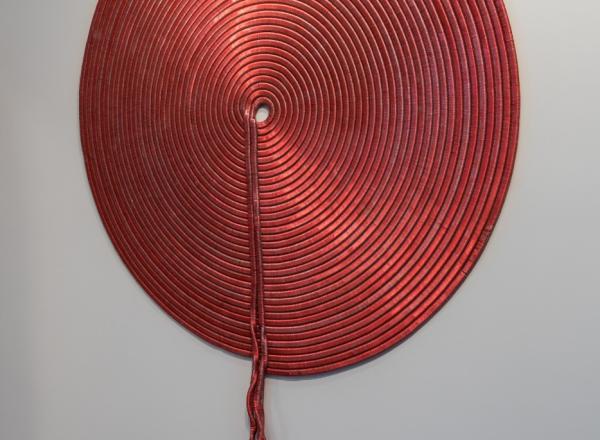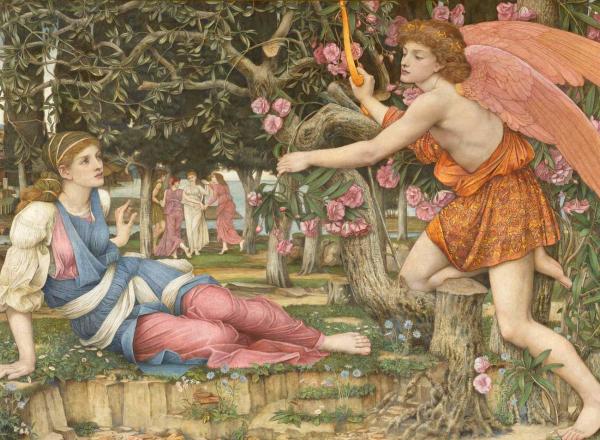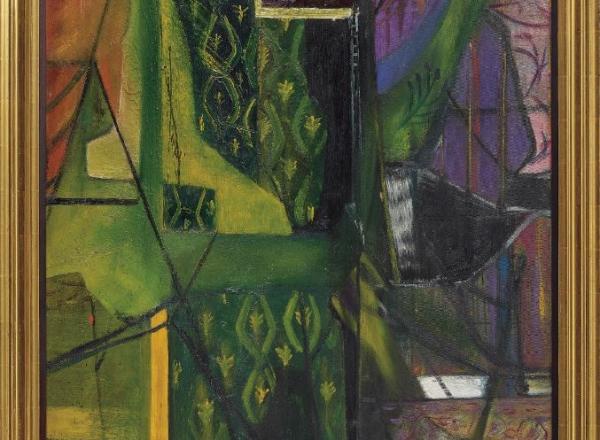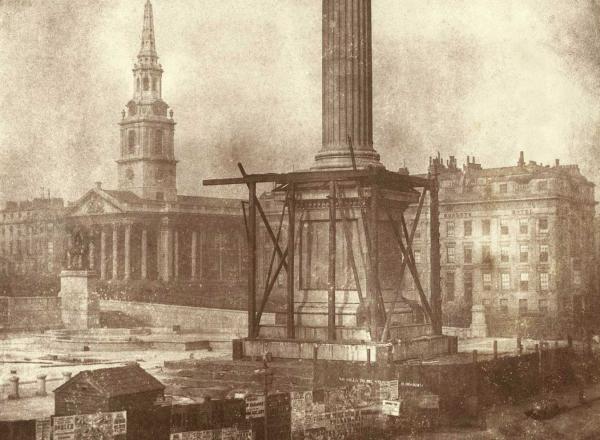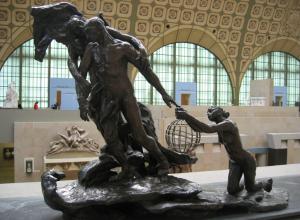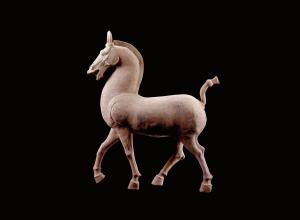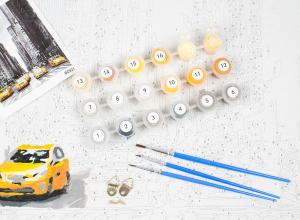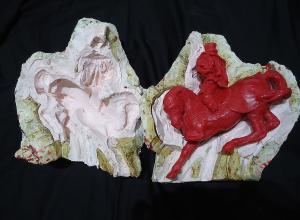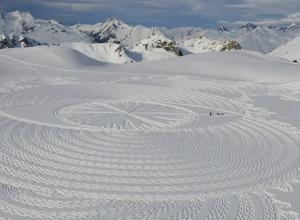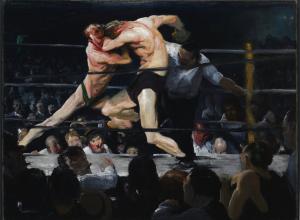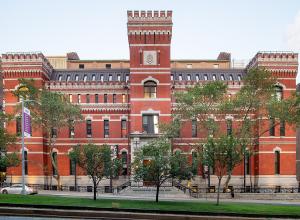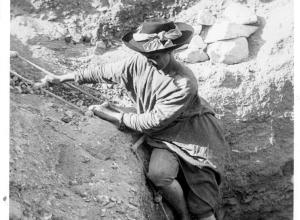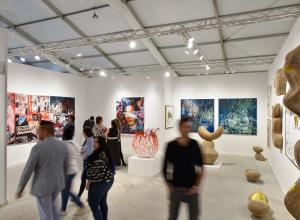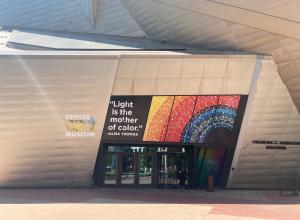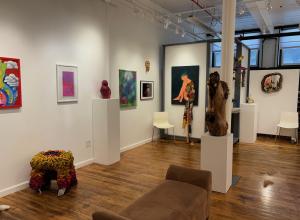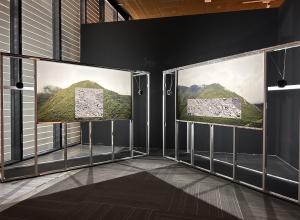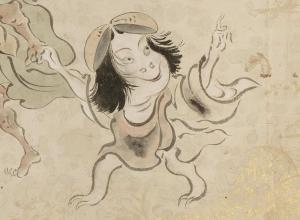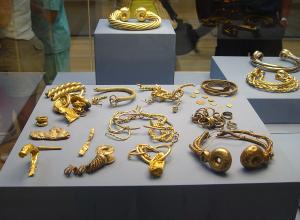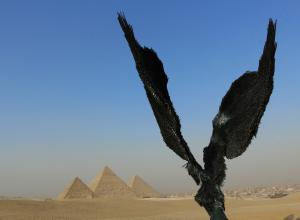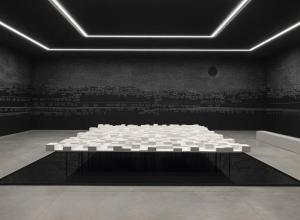Currently at Seattle’s Frye Art Museum, Juventino Aranda’s Pocket Full of Posies explores how everyday objects become symbols of identity and social strata. Aranda grew up in Walla Walla, Washington, the child of Mexican immigrant workers, and was the first in his family to get a University degree. His work reflects the mixed cultural heritage of immigrants in the US. As an activist and artist, Aranda uses his installations to draw attention to socioeconomic, political and cultural issues.
Art News
An innovative photography exhibition at New York’s Waterhouse & Dodds Gallery, Kim Keever: Water Colors showcases the artist’s first series of completely abstract explorations of color in motion. Keever’s earlier photographs involved intricately constructed miniature landscapes that he photographed submerged in a 200-gallon water tank. Lit with colored lights and using dispersed pigment for cloud effects, Keever created dramatic foreign landscapes. Intrigued by the dispersal patterns, Keever began focusing solely on photographing the colors moving through water.
The Art Institute of Chicago has brought together a stunning collection of works by one of America’s greatest portraitists. The recently opened John Singer Sargent and Chicago’s Gilded Age includes over 100 objects, both borrowed and from the museum’s collection, highlighting the connections the painter had with the city of Chicago. Though Sargent is best known for his portraits, his artistic practice was wide-ranging, and this exhibition covers all of his output, including the en plein air landscapes of his late career, sketches, and watercolors.
Washington, DC—During the 17th century, the Dutch were a nation of merchants, engineers, sailors, and skaters. Water was central to their economic prosperity and naval prowess, essential as a means of transportation, and popular as a site for recreation year-round. In a special exhibition at the National Gallery of Art, Washington, Water, Wind, and Waves: Marine Paintings from the Dutch Golden Age will explore the multifaceted relationship the Dutch had with water during their Golden Age.
This July, Sotheby’s will offer an outstanding bronze by the foremost sculptor of 16th -century Florence, Giambologna (1529-1608). The Dresden Mars was created as a personal gift for the Elector Christian I of Saxony (1560-1591). It is one of very few bronzes firmly documented during his lifetime, and one of a handful of works by Giambologna ever likely to come to market.
Pinpoint a figure staring directly out at you in an early Renaissance painting and chances are it’s a surreptitious self-portrait, slipped into a crowded scene. It took time for artists to feel comfortable devoting entire canvases to their own likenesses, and longer for masters such as Rembrandt van Rijn to return to self-portraiture over and over. But with the invention of photography in 1839, things changed. Artists could quickly and cheaply craft self-images that were divorced from their work, playing with their personas without wielding paintbrushes or chisels.
Now showing at the National Museum of Women in the Arts (NMWA) in Washington, D.C. is the latest installment of the museum’s ongoing Women to Watch Series. Heavy Metal includes over 50 works from 20 contemporary artists, covering the huge breadth of techniques, materials, and artworks that encompass contemporary metal work. Seeking to defy the conventional association with metal work as a male-dominated art form, the exhibition shows all that woman are accomplishing in this diverse range of materials.
Truth and Beauty: The Pre-Raphaelites and the Old Masters is the first major international exhibition to assemble works by England’s nineteenth-century Pre-Raphaelite Brotherhood with the medieval and Renaissance masterpieces that inspired them.
June 27th was another record-breaking evening in the art auction world. Bidding was fierce at Phillips’ 20th Century & Contemporary Art Evening Sale in London, which made 41% more than last year. One of the top achieving works, Francis Bacon’s Interior of a room (1935), was a highlight of the sale, going for $3,748,158.
This summer, the Yale Center for British Art will present an exhibition devoted to one of the earliest forms of photography and a British invention. Salt and Silver: Early Photography, 1840–1860 will explore the dissemination of salt prints across early centers of photographic production in Europe and North America.




